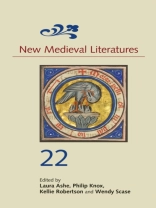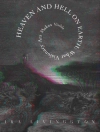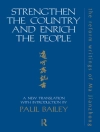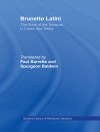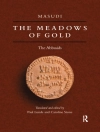Annual volume showcasing the best new work in this field.
New Medieval Literatures is an annual of work on medieval textual cultures, aiming to engage with intellectual and cultural pluralism in the Middle Ages and now. Its scope is inclusive of work across the theoretical, archival, philological, and historicist methodologies associated with medieval literary studies, and embraces the range of European cultures, capaciously defined.
Essays in this volume engage with widely varied themes, from confession in the domestic household to international politics and statecraft; experimental scientific knowledge, and the supernatural world of demons; canonical Arthurian romance, and scholastic theology in the vernacular; monastic historiographical visions, and geographies of pilgrimage. Investigations range from the twelfth to the fifteenth centuries, and from England to the Holy Land. Chrétien de Troyes’s
Le chevalier de la charrette and Geoffrey Chaucer’s
Friar’s Tale are examined in new ways, and with new conclusions for their engagements with technologies of embodiment and the hermeneutics of bodily contact; Laȝamon’s
Brut is shown to bring the expectations of monastic historiography into the vernacular, while Reginald Pecock’s radical and sophisticated vernacular theology is explicated in all its dangerous heterodoxy. Multiple narratives converge and are occluded at the Cave of the Patriarchs in Hebron; Albert the Great experiments with animals and reorients humans in the natural world; Alain Chartier strives to build a united French state. Finally, domestic, familial, and civic bonds of obligation emerge in the shared textual communities of anonymous, late-medieval confessional forms.
CONTRIBUTORS: ROBYN A. BARTLETT, KANTIK GHOSH, AYLIN MALCOLM, ALASTAIR MINNIS, LUKE SUNDERLAND, JAMIE K. TAYLOR, HANNAH WEAVER, LUCAS WOOD.
Table of Content
1 Touch and Movement in Chrétien de Troyes’s
Chevalier de la Charrette – Luke Sunderland
2 Cavernous Charisma: The Caves of the Patriarchs at Hebron – Jamie K. Taylor
3 Lawman’s Vision of History: Sources and Figuration in the
Brut – Hannah Weaver
4 What the Mole Knows: Experience,
Exempla, and Interspecies Dialogue in Albert the Great’s
De animalibus – Aylin Malcolm
5 Demonic Prosthesis and the Walking Dead: The Materiality of Chaucer’s Green Yeoman – Alastair Minnis
6 Learning to Live in Communities: Household Confession and Medieval Forms of Living – Robyn A. Bartlett
7 Alain Chartier’s
Quadrilogue invectif and the Poetics of Political Community – Lucas Wood
8 Reginald Pecock’s
moral philosophie and Robert Holcot O.P.: Faith, Probabilism, and ‘Conscience’ – Kantik Ghosh
About the author
WENDY SCASE is Emeritus Geoffrey Shepherd Professor of Medieval English Literature at the University of Birmingham.
